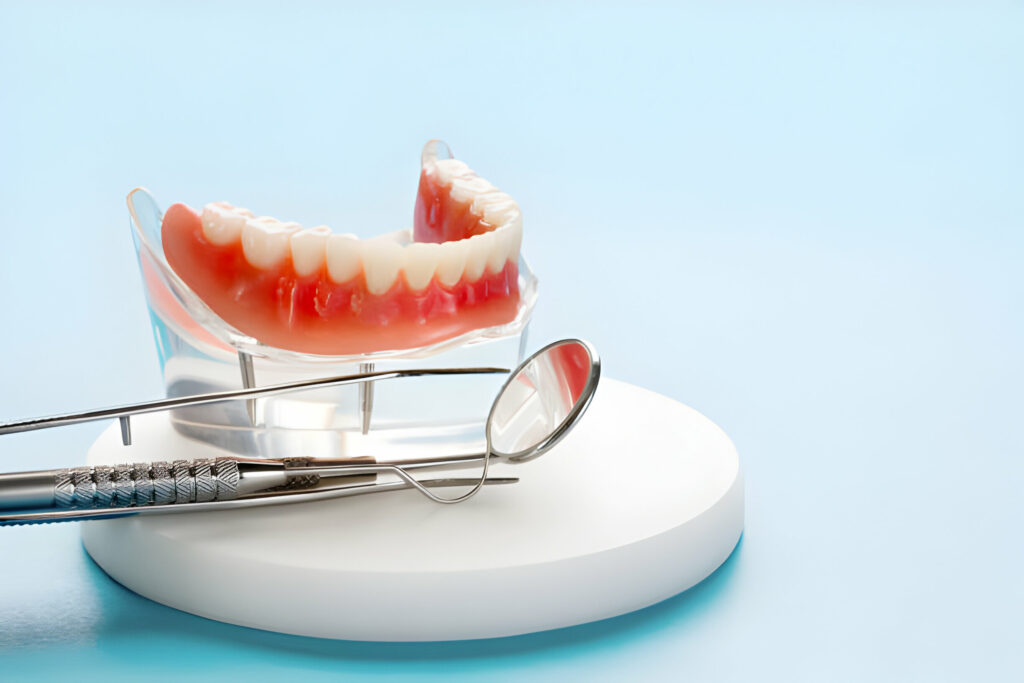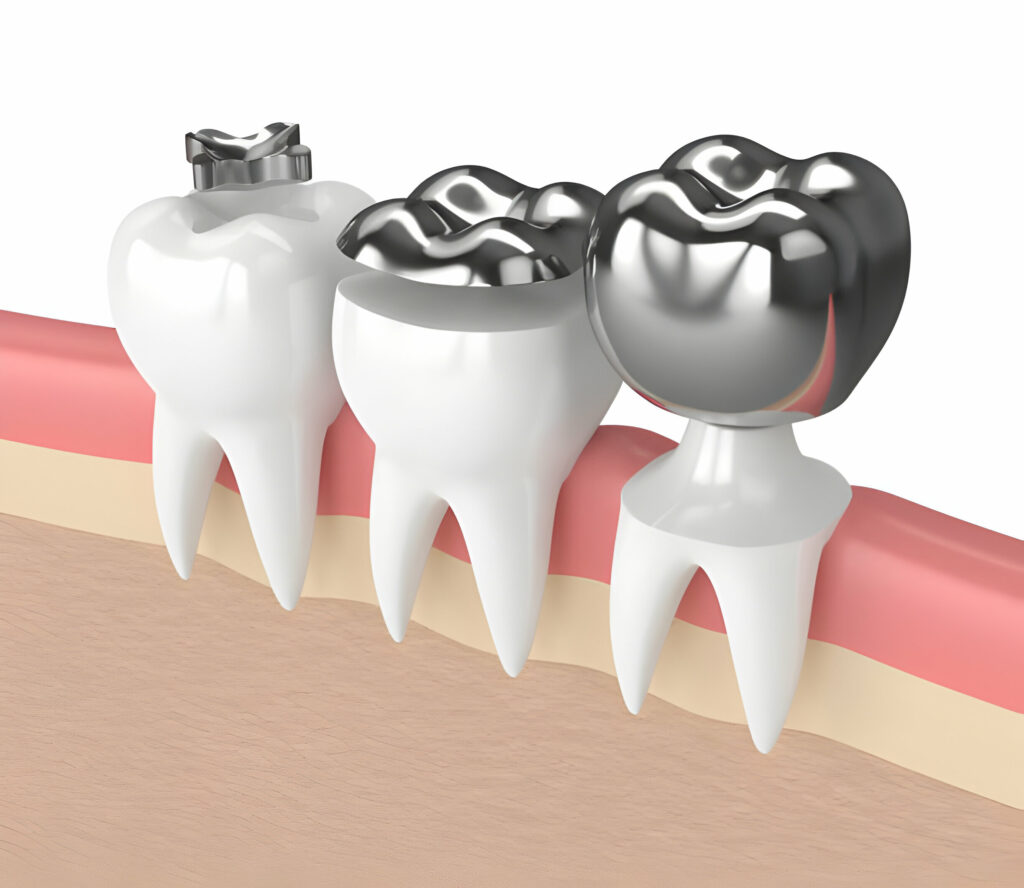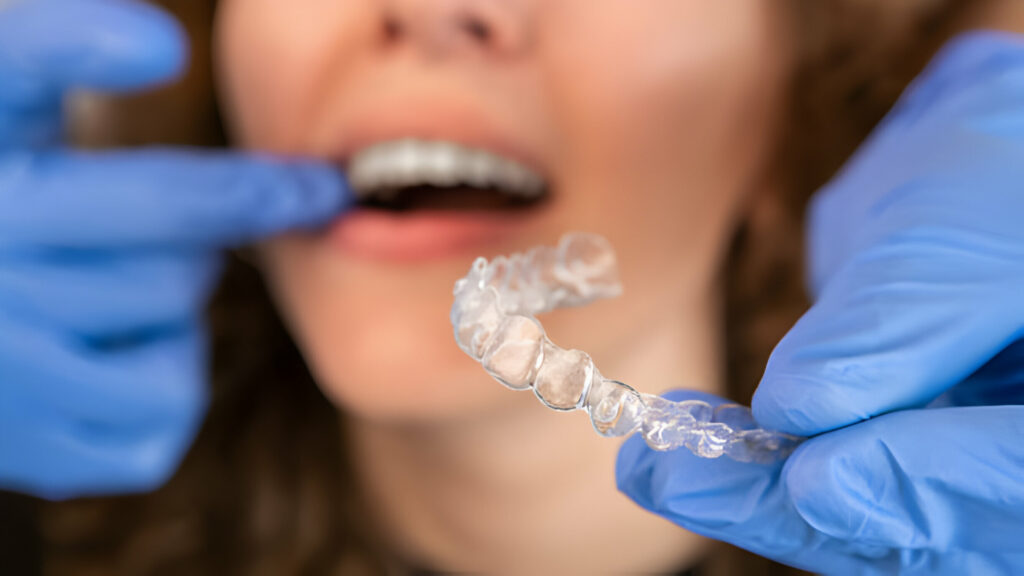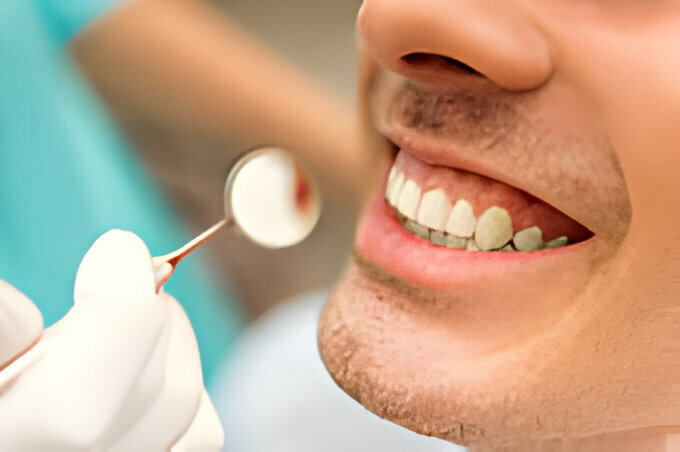Summary
Braces are often the go-to option for individuals looking for a perfectly aligned smile!
These metal and wire appliances are the best option to correct bite issues and misaligned teeth. Metal braces are also an excellent option for offering functional and aesthetic benefits.

So, if you’ve ever wondered how these braces work towards fixing your smile, this blog is for you. In the following sections, we’ll learn more about orthodontics via topics like:
- What are Braces?
- Braces in Action – How it Aligns Your Smile?
- Different Types Of Braces You Should Know Of!
- Who Can Benefit from Orthodontic Treatment?
- Tips to Care for Your Braces
- Potential Challenges of Wearing Braces
Continue reading as we learn more about orthodontics treatment and its application in the following sections.
What are Braces?
Braces are orthodontic equipment designed to improve tooth alignment and bite abnormalities. These appliances are made of brackets, wires, and bands, assorted together to gently put pressure the teeth.
The brackets are attached to the front of each tooth with a specific glue. The archwire is fed through the brackets and fastened with little elastic bands or ligatures. These components work together to apply regulated force to the teeth, guiding them into perfect alignment.
Braces in Action – How it Aligns Your Smile?
Braces, the key orthodontic appliance, apply constant pressure to your teeth over time, gradually shifting them into optimal position. This pressure is established by bonding brackets to each tooth and connecting them with wires.
Once you visit the nearest Kelly Family Orthodontics, your orthodontist will examine your teeth and develop a treatment plan for oral health. Then, they will use dental glue to connect brackets to each tooth and a set of brackets to anchor the wires.
Once your braces are in place, they will require frequent adjustments over the course of the therapy. During these sessions, your orthodontist will tighten or replace the wires to continue guiding your teeth into the proper positions. The entire mechanism of traditional braces allows you to enhance your smile over time.
Note: The time it takes for braces to function varies as per the situation, but it might vary from several months to a few years.

Different Types Of Braces You Should Know Of!
Thanks to the advancements in orthodontic treatments, we have numerous alternatives to braces today.
Let’s learn more about these braces in this section:
Metal Braces
Metal braces are the most traditional form of braces. These appliances consist of metal brackets attached to the teeth and wires connecting them. The most popular type of braces, metal braces are among the most successful options for aligning teeth and correcting bite abnormalities.
Ceramic Braces
Ceramic braces, like regular metal braces, employ tooth-colored or transparent brackets. As the name suggests, these appliances are designed using ceramic braces, which makes them less prominent than metal braces while giving you a desirable outcome.
Lingual Braces
Lingual braces, instead of standard braces, are placed on the front surface of your teeth. They are placed on the rear (lingual) to give you a more discrete appearance. These braces are designed to function like traditional metal braces but are less noticeable when you smile.
Invisalign
Next, we have Invisalign, an increasingly popular orthodontic treatment option that offers a more discrete treatment to adults and teenagers alike. Invisalign braces by Kelly Family Dental employ clear aligners made of translucent plastic to gently move teeth into place without the need for wires or brackets. Additionally, Invisalign aligners are easily removable for eating, brushing, and flossing.
Self-Ligating Braces
Self-ligating braces limit your visit to the dental clinic. Unlike conventional braces, which require elastic ties to hold the archwire, these braces have built-in clips or doors that firmly hold the archwire in place. This allows self-ligating braces to reduce friction and cut down on treatment time.
Note: You can’t directly opt for any Invisalign aligner you like. It’s crucial to consult with your orthodontist to evaluate your unique dental requirements and choose the best option for you.
Who Can Benefit from the Orthodontic Treatment?
Orthodontic therapy is not confined to one age group or gender!
This treatment option may help anybody with crooked teeth or jaw disorders. Whether you are a teenager with crooked teeth or an adult looking to improve your smile, orthodontic treatment can make a considerable difference.
Adolescents often feel self-conscious about their looks, particularly their teeth. Orthodontic therapy allows them to straighten their teeth and increase their confidence.
What’s more? Orthodontics may also benefit both children and adults. Many people may have missed out on braces as youngsters and are now looking for remedial procedures later in life.
Additionally, orthodontic therapy can help with overcrowding, gaps between teeth, and even bite abnormalities.

Tips to Care for Your Braces
- Brush Regularly: It’s a good idea to brush with braces using the two-by-two method. It involves brushing twice a day for two minutes each time. Select a brush with gentle bristles and fluoride toothpaste. Before beginning work, have your youngster remove rubber bands or other detachable items.
- Floss and Mouthwash: Since a toothbrush cannot reach all the nooks and fissures between each tooth, you should floss at least once daily. Floss with a threader or other flossing tool to access every tooth and remove any food particles your toothbrush may have missed. Finally, after you’re done with brushing and flossing, rinse with mouthwash to reach any difficult places that may require more care.
- Use Oral Irrigators: Although they do not replace flossing, oral irrigators may be a great addition to your oral hygiene routine. While there is a learning curve once you start using irrigators, many patients eventually come to enjoy it. Oral irrigators can effectively remove tenacious food particles that toothbrush and floss cannot reach.
- Maintain Your Meals: Apart from keeping a close tab on what you eat, you should also pay attention to how you consume it. For instance, never eat hard food items when eating with braces. Start with simple food items and switch to more complex food later.
Potential Challenges of Wearing Braces
- Discomfort: It is normal to feel some discomfort or soreness after inserting braces or following adjustments. Over-the-counter pain medications can assist you in navigating through these initial challenges.
- Oral Irritation: Brackets and wires might irritate the inside of your mouth. Orthodontic wax can be used to smoothen rough regions.
- Maintenance: Braces need careful attention and maintenance to avoid issues like tooth decay or gum disease.
Takeaway
- Braces are the go-to option for individuals looking for a perfectly aligned smile.
- Thanks to the advancements in orthodontic treatments, we have numerous alternatives to braces today.
- Adolescents often feel self-conscious about their looks, particularly their teeth.
- Still confused about the possibilities of a great smile? Visit our experts at Kelly Family Dentistry today.


